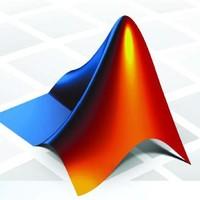The developed computational approach is capable of initiating and propagating cracks inside materials and along material interfaces of general multi-domain structures under quasi-static conditions. Special attention is paid to particular situation of a solid with inhomogeneities. Description of the fracture processes are based on the theory of material damage. It introduces two independent damage parameters to distinguish between interface and internal cracks. The parameter responsible for interface cracks is defined in a thin adhesive layer of the interface and renders relation between stress and strain quantities in fashion of cohesive zone models.The second parameter is defined inside material domains and it is founded on the theory of phase-field fracture guaranteeing the material damage to occur in a thin material strip introducing a regularised model of internal cracks. Additional property of both interface and phase-field damage is their capability to distinguish between fracture modes which is useful if the structures is subjected to combined loading. The solution methodology is based on a variational approach which allows implementation of non-linear programming optimisation into standard methods of finite-element discretisation and time stepping method.Computational implementation is prepared in MATLAB whose numerical data validate developed formulation for analysis of problems of fracture in multi-domain elements of structures.
翻译:暂无翻译




